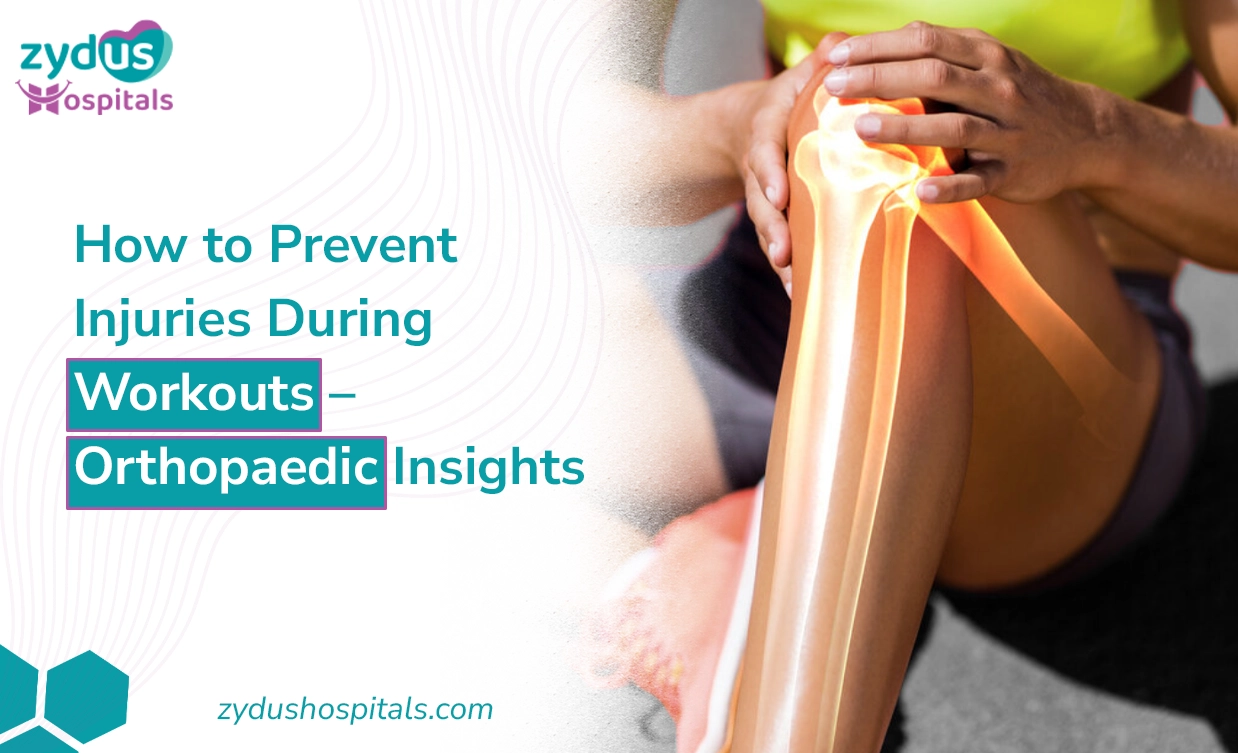Without a well-thought-out plan, your intense workouts may do more harm instead of good.
Suppose a person is not practicing physical exercise effectively. In that case, the lack of efficient practice may result in significantly harmful orthopedic consequences that will affect the health of the recipient for a long time. That is why injury prevention should be a consideration for all individuals, not just those involved in athletics.
Whether you are lifting weights, training for your marathon, or just attempting to move your body more, learning about preventative exercise practices can shift the pendulum. The guide below will provide proven methods and safe practices that will allow you to establish a workout program that is beneficial and safe from injury.
The Impact of Proper Exercise on Orthopedic Health
Long-term health benefits are closely tied to regular exercise as you age. Here is a list of benefits that your body parts gain from a well-planned exercise routine.
1. Bone Density
Bodyweight Exercises such as lifting Weights or push-ups, squats, lunges, and planks promote bone remodeling and support the development of stronger, denser bones. Along with that, regular exercise helps in slowing down bone loss as we age, protecting bones from fractures.
2. Muscle Strength
Muscle Strength exercises help in postural control, contributing to better movement patterns and balance.
3. Flexibility
Range-of-motion exercises improve joint flexibility and mobility. Here are a few range-of-motion exercises: Stretching, Arm circles, Shoulder rolls, and Wrist flexion and extension.
4. Prevention from Injury
Exercising with a focus on stability, balance, and proper body mechanics has a huge role to play in preventing sports injuries.
Safe Workout Practices: Tips for Injury Prevention
Safety practices and precautions have to be followed to prevent sports injuries in the workplace. Here are a few tips to make sure your workouts won’t lead to injuries:
1. Warm-Up & Cool-Down
Warm-up increases blood flow to muscles and prepares the body for physical activity. This reduces muscle strain and stiffness. Here are a few warm-ups: riding an exercise bike, jumping rope, and Jogging.
Once your exercise is done, cooling down helps return the body to a resting state. This prevents injury and promotes flexibility. For example, you can take a 5-10 minute walk after your exercise.
2. Pay Attention to Your Form and Technique
Correct posture and form are your first line of defense in preventing sports injuries. Consult a fitness expert or physical therapist to make sure you are doing your exercise properly. This is particularly true if you are new to a workout regimen.
3. Be Mindful of Your Body's Cues
Pay attention to any signs of pain or discomfort you feel. If pain persists, stop the activity and seek professional advice.
4. Grow Gradually
Avoid sudden increases in intensity. Gradually build up the intensity and duration of your workouts to prevent overloading your muscles and joints.
Include rest days in your exercise routine. This paves the way for your body to recover and adapt to the strain.
5. Muscular hypertrophy
Muscular hypertrophy rolls out several key benefits from a health and performance perspective:
- Enhance your physical condition overall
- Eliminate the risk of weakness or muscle imbalance.
By targeting muscle groups that are more susceptible to strain or injury in specific sports or activities, muscular hypertrophy can play a preventive role. This reduces the likelihood of sport-related injuries.
Strategies for Effective Workouts while Preventing Wounds
Incorporating specific injury prevention strategies into your workout routine helps to keep you on track with your fitness goals while maintaining orthopedic health.
1. Cross-Training
Mix up your workout routine: Alternate between activities like aerobic exercises, strength training, and flexibility exercises to prevent overuse injuries and engage different muscle groups.
This approach not only prevents injuries but also enhances overall fitness levels.
2. Strengthen Stabilizing Muscles
Strengthening muscles that support joints, such as the core, hips, and shoulders, can improve overall stability and injury resistance.
These stabilizing muscles are essential in protecting the larger muscles and joints during dynamic movements.
3. Wear Appropriate Gear
Choose proper footwear that supports your feet and provides adequate cushioning to reduce the risk of stress fractures or sprains.
Protective equipment, such as knee pads, helmets, or wrist guards, is crucial for high-impact or contact sports to prevent more severe injuries.
4. Address Pre-Existing Injuries
Consult with a healthcare provider if you have a history of orthopedic issues, such as past fractures or joint pain.
A professional can recommend modifications or specific exercises to protect your vulnerable areas.
The Role of Physical Therapy in Injury Prevention
Physical therapists play an important role in ensuring exercise safety. They are experts in movement science and can guide individuals on proper techniques to avoid injury. Here's how they can help:
- Assessment and personalized recommendations: Physical therapists assess your functional abilities and provide specific exercise regimens to address any weaknesses or imbalances.
- Injury prevention guidance: They can teach you how to execute exercises with proper form and suggest modifications to avoid overloading your joints or muscles.
Conclusion
Working out should build you up, not break you down. Whether you're lifting weights, running laps, or pushing your limits on the field, workout injury prevention should always be part of the plan. From orthopedic exercise tips to safe workout practices, staying consistent without injury is what truly keeps the gains coming.
And if pain shows up uninvited, don’t wait it out. At Zydus Hospital, we’ve got your back—and your knees, shoulders, and spine too. Our expert orthopedic team specializes in Orthopaedics Treatment preventing sports injuries, trauma injuries, and treating them at the root. Whether you’re looking to avoid gym injuries or recover from a past one, Zydus gives you the right consultation.
Remember: Exercise injury prevention starts with awareness and ends with expert care. For everything in between, you can count on Zydus to keep you moving safely, strongly, and pain-free.





